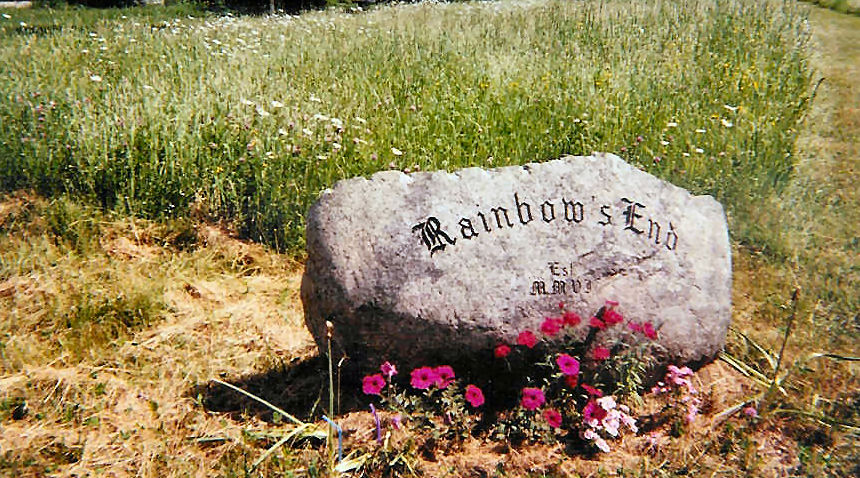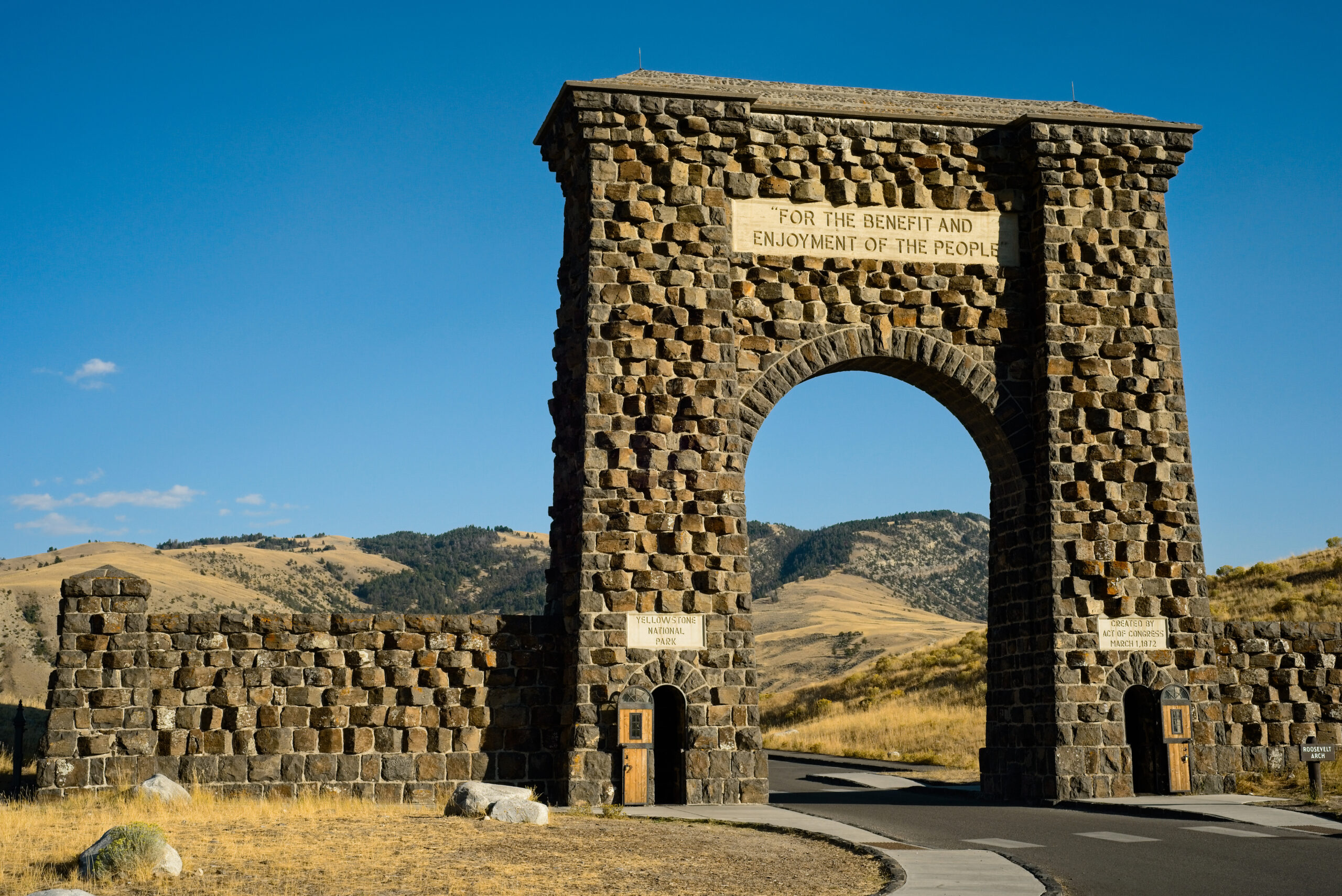In this two minute video the Institute for Justice points out the injustice of the Government making entrepreneurs “do useless things for no reason?”
Verlin Stoll has built a successful business because he offers low-cost funerals while providing high-quality service. His business is one of the few funeral homes that benefits low-income families who cannot afford the big funeral-home companies. Stoll wants to expand his business, but Minnesota refuses to let him build a second funeral home unless he builds a $30,000 embalming room that he will never use. Stoll and the Insitute for Justice are fighting 
There are other reasons to think about avoiding embalming fluid writes Joe Sehee, founder of the Green Burial Council and PERC Enviropreneur alum. In “Green Burial: It’s Only Natural” Sehee writes:
In the United States, deathcare has become a $15 billion industry—and a wasteful and toxic one at that. Each year we bury:
—Enough embalming fluid (now made up of formaldehyde, a known carcinogen according to the World Heath Organization) to fill eight Olympic-size pools;
—More steel (in coffins alone) than was used to build the Golden Gate Bridge; and
—So much reinforced concrete that we could construct a two-lane highway from New York to Detroit.
Joe Sehee, Karen Eller, and others have been successfully promoting green burial around the country. You may laugh and think this sounds like just another eco-trend, but it is the way most of humanity has cared for its dead for thousands of years. The idea calls for returning to the earth without the use of non-biodegradable toxins or materials. As Sehee asks, “remember that ashes to ashes thing?”
Green burial is not a new concept, what is new is that it is being done in conjunction with restoration planning and conservation management techniques, providing a new tool for protecting endangered habitat at a time when innovative, market-based solutions are needed.
In the end, economic viability and ecological sustainability are capable of co-existence “and that may be what it’s going to take to make ‘ashes to ashes, dust to dust’ once again meaningful,” says Sehee.


